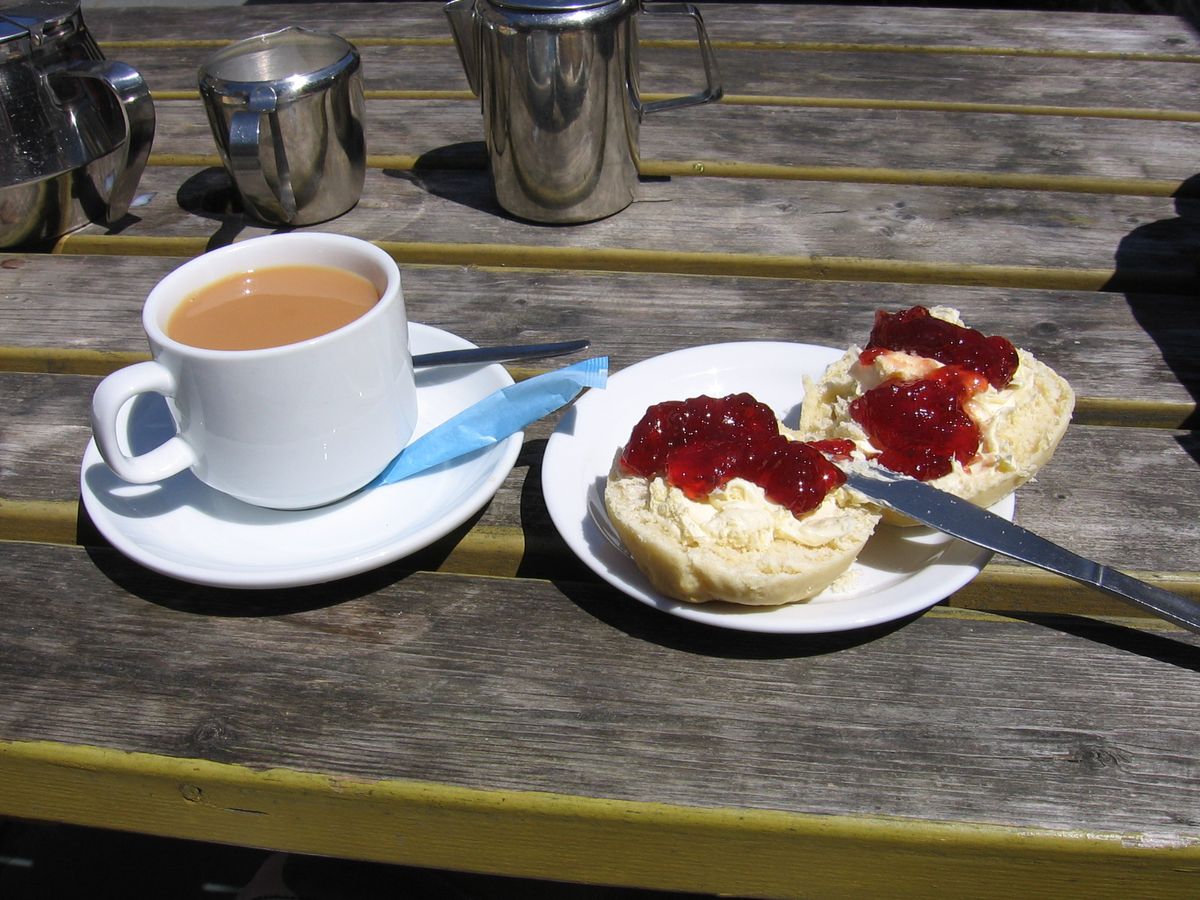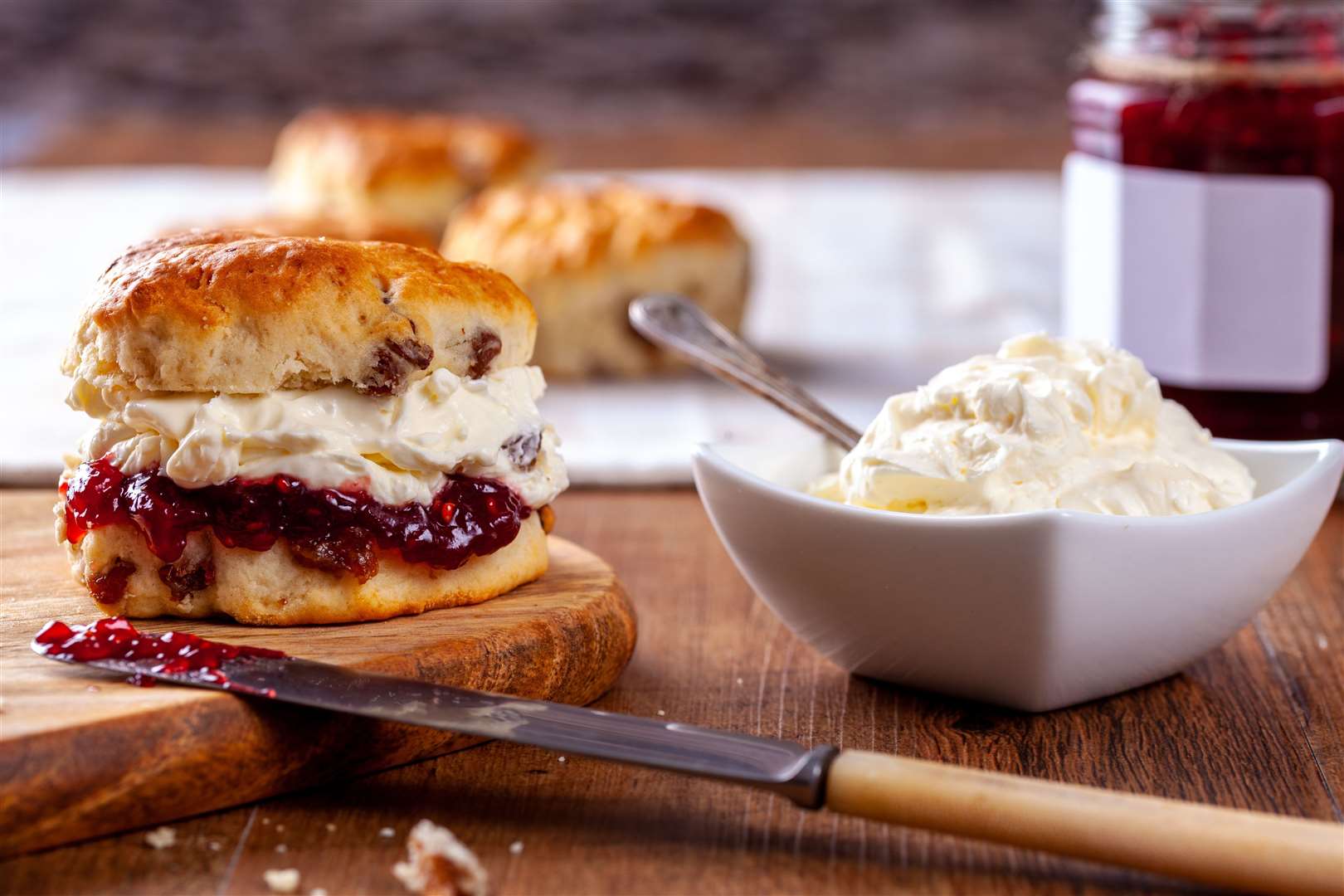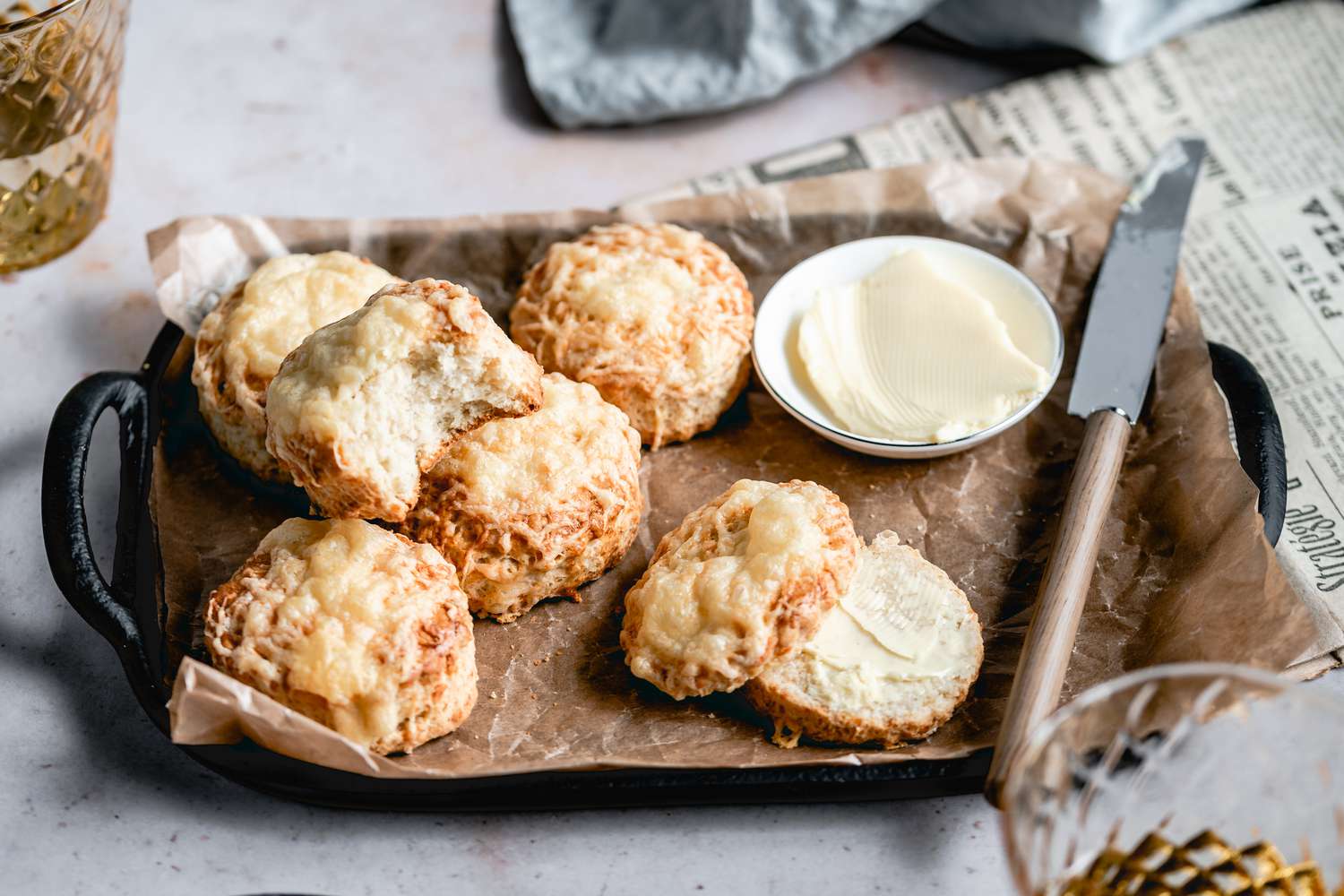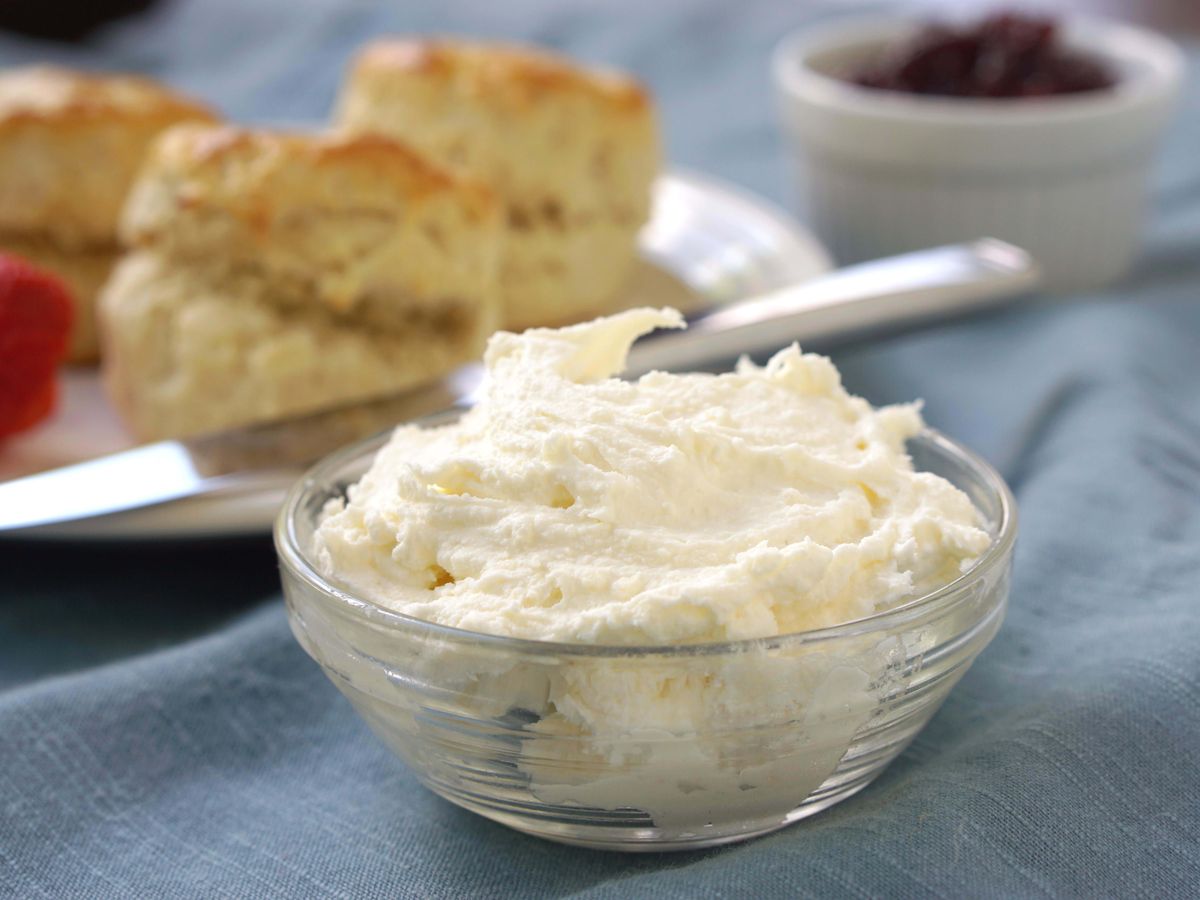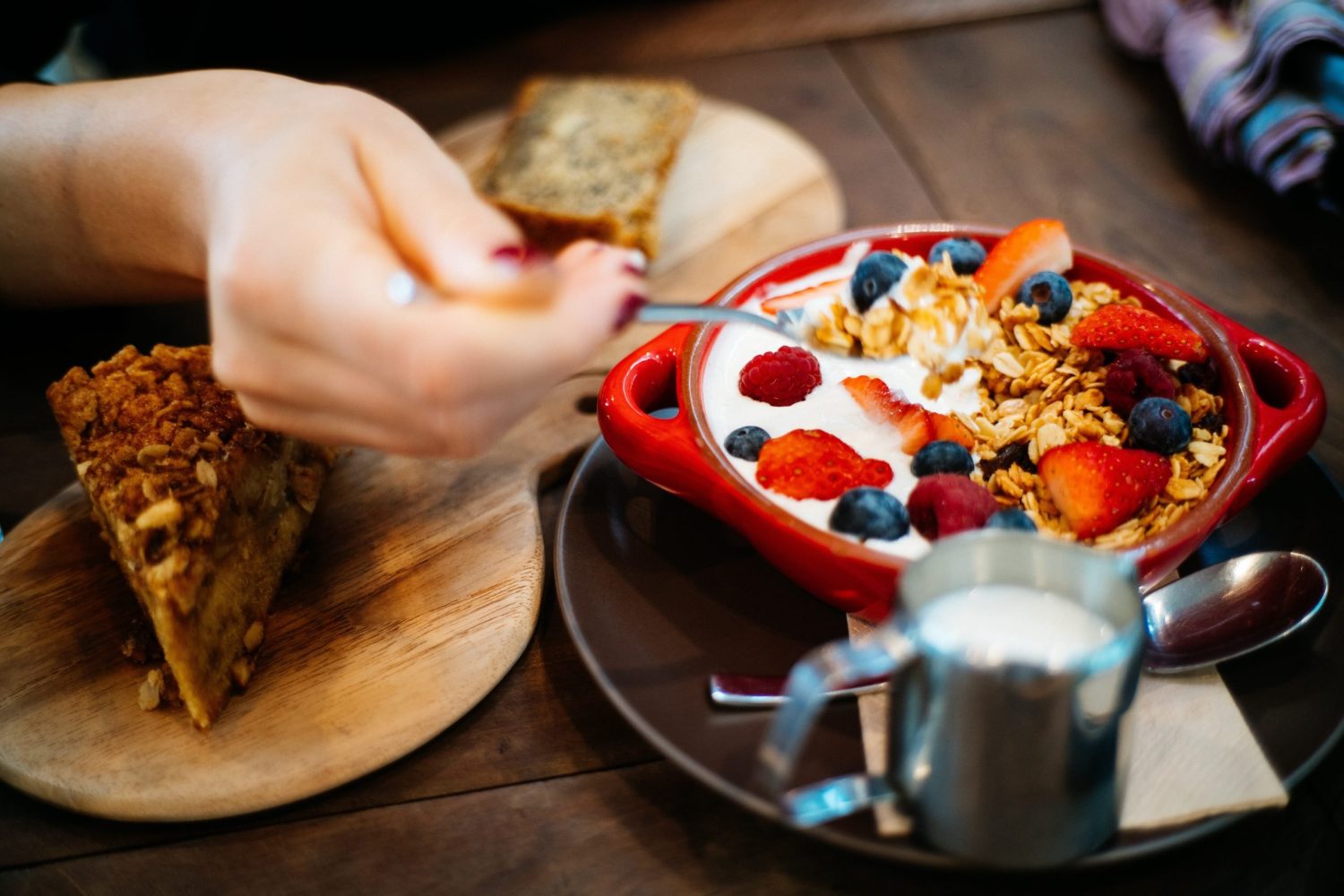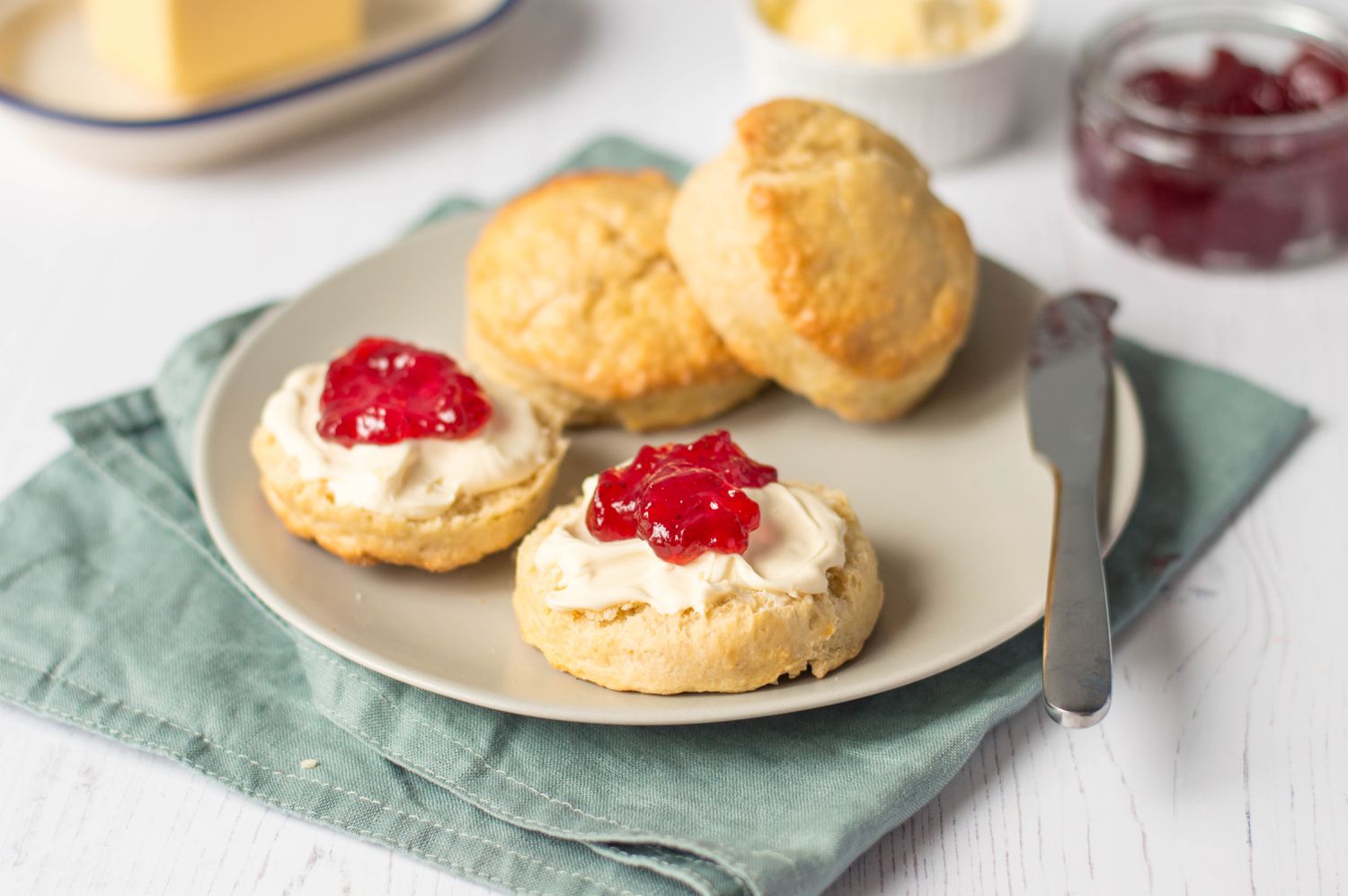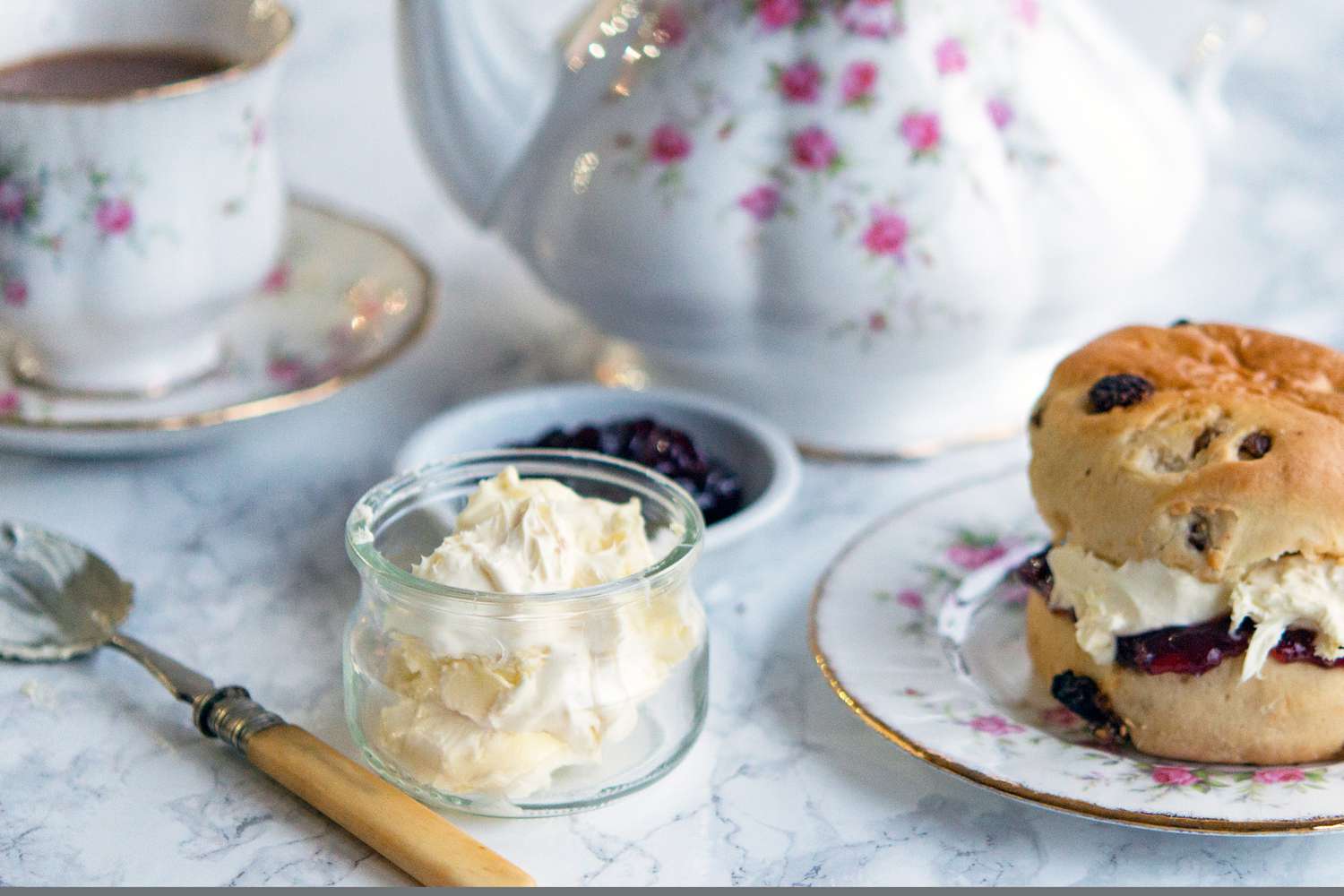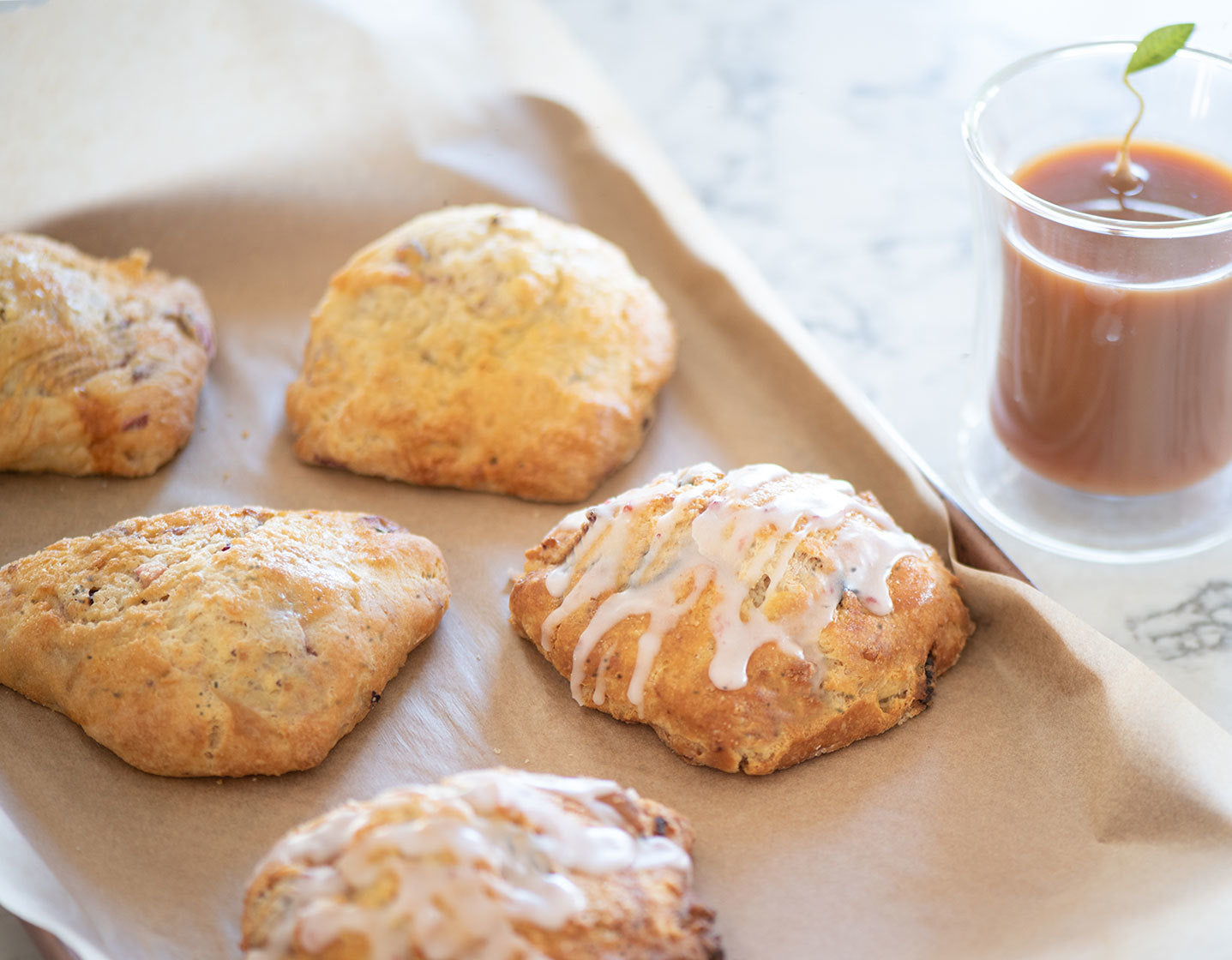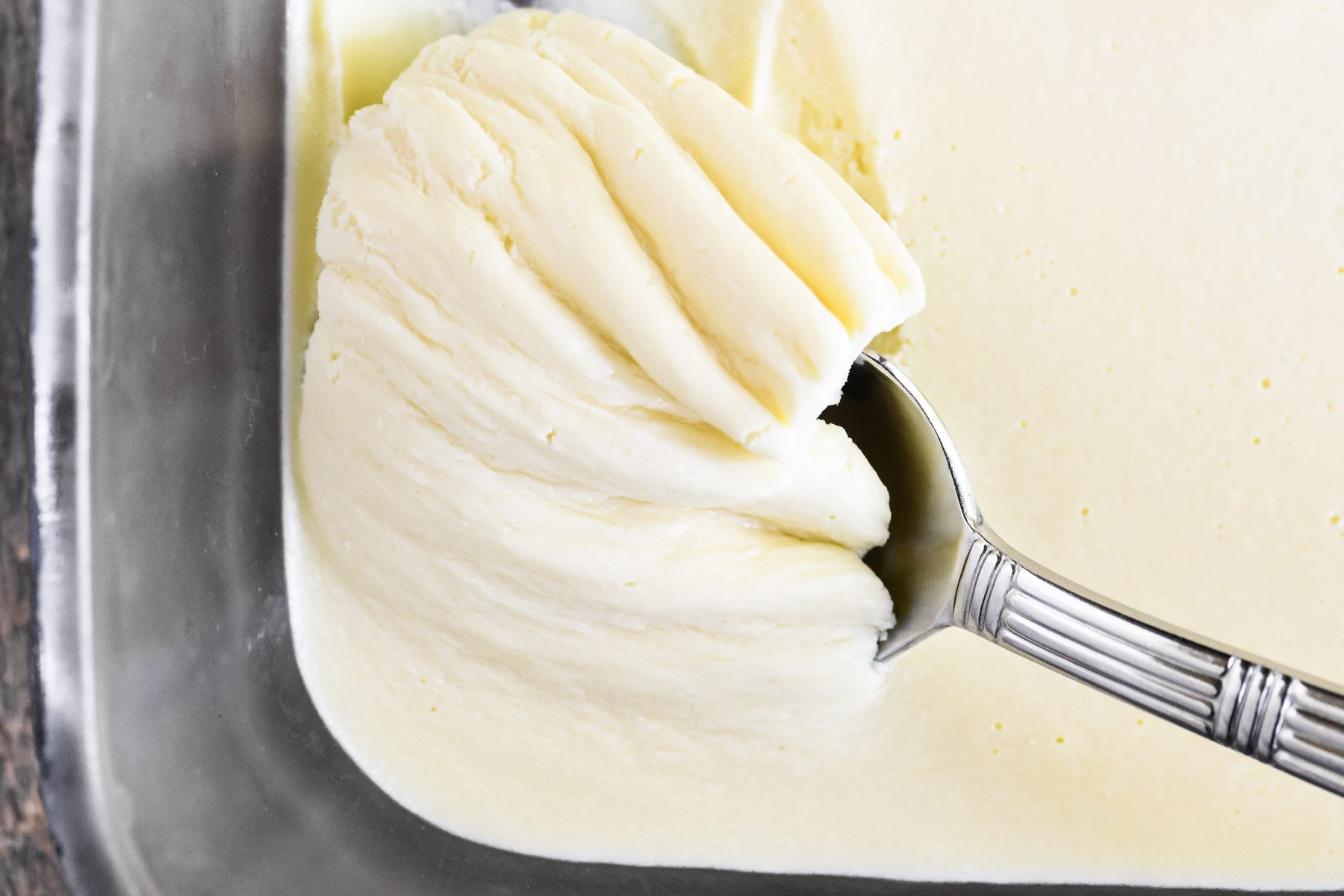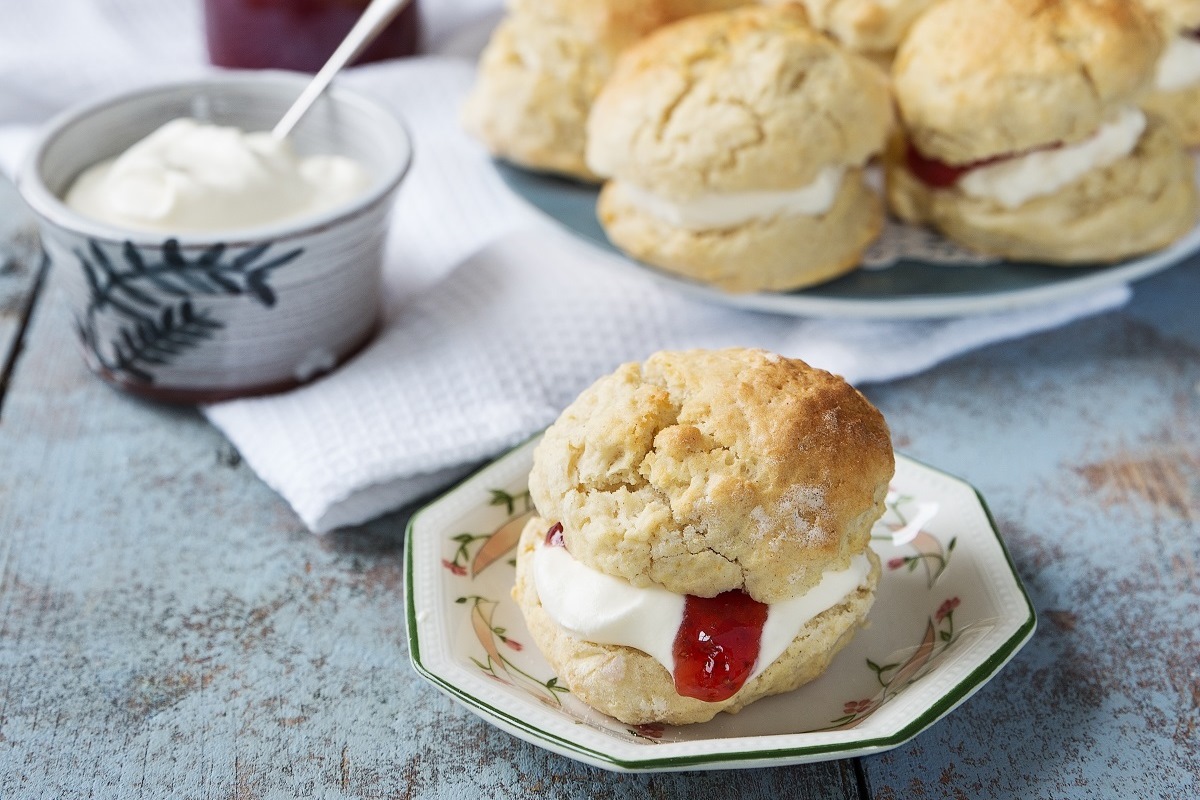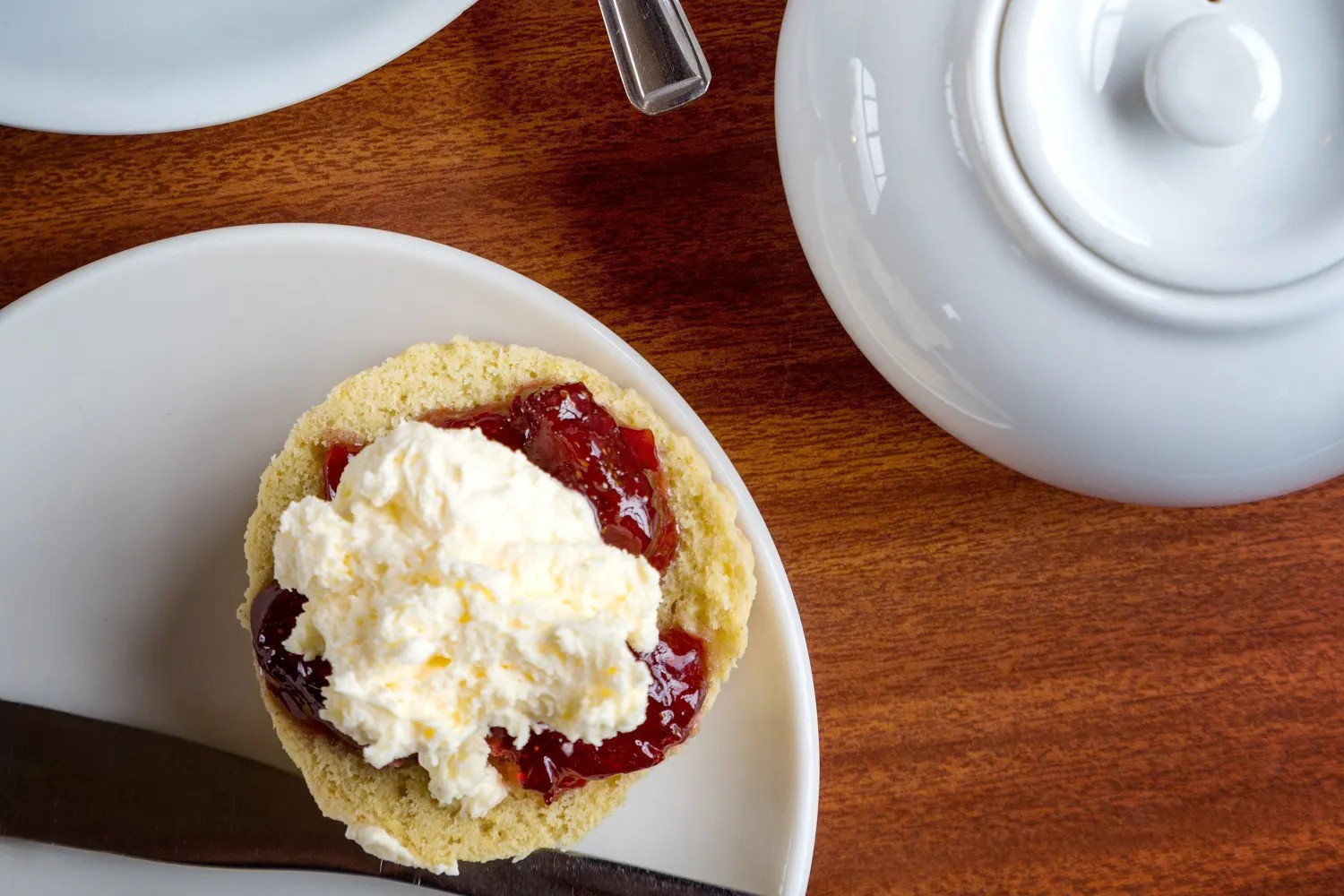Enjoying Scones with Jam and Clotted Cream
Welcome to the delightful world of scones with jam and clotted cream! This classic British treat is a perfect combination of sweet, creamy, and buttery flavors. Whether you’re enjoying a traditional afternoon tea or simply indulging in a delicious snack, scones with jam and clotted cream are a delightful treat for any time of day.
Choosing the Perfect Scone
The first step to enjoying scones with jam and clotted cream is to choose the perfect scone. When it comes to scones, there are a few different varieties to consider:
- Plain Scones: These scones are simple and versatile, making them a great base for adding jam and clotted cream.
- Fruit Scones: Packed with juicy raisins or currants, fruit scones add a delightful sweetness to the mix.
- Cheese Scones: If you’re in the mood for something savory, cheese scones can be a delicious alternative.
Once you’ve selected your scone of choice, it’s time to move on to the next step.
Preparing Your Scone
Before you can enjoy your scone with jam and clotted cream, it’s important to prepare it properly. Here’s how to do it:
- Split the Scone: Using a serrated knife, carefully slice your scone in half horizontally. Be gentle to avoid crumbling.
- Toast the Scone (Optional): For an extra touch of warmth and crispness, you can lightly toast your scone before adding the toppings.
- Let the Scone Cool: If you’ve toasted your scone, allow it to cool for a minute or two before moving on to the next step.
Adding Jam and Clotted Cream
Now comes the best part – adding the jam and clotted cream to your scone! Here’s how to do it:
- Spread the Jam: Start by spreading a generous layer of your favorite jam on the bottom half of the scone. Strawberry and raspberry jams are classic choices, but feel free to get creative with flavors like apricot or blackberry.
- Top with Clotted Cream: Next, spoon a dollop of rich, indulgent clotted cream on top of the jam. Clotted cream is thick and luxurious, adding a creamy richness to every bite.
- Reassemble the Scone: Gently place the top half of the scone back onto the bottom half, pressing down lightly to secure the toppings.
Enjoying Your Scone
With your scone beautifully adorned with jam and clotted cream, it’s time to savor every delicious bite. Whether you’re enjoying it with a cup of tea or simply savoring it on its own, take the time to appreciate the wonderful combination of flavors and textures in every mouthful.
Now that you know how to eat scones with jam and clotted cream, it’s time to gather your ingredients and indulge in this delightful treat. Whether you’re hosting a tea party or simply treating yourself to a special snack, scones with jam and clotted cream are sure to bring a touch of elegance and indulgence to any occasion.
